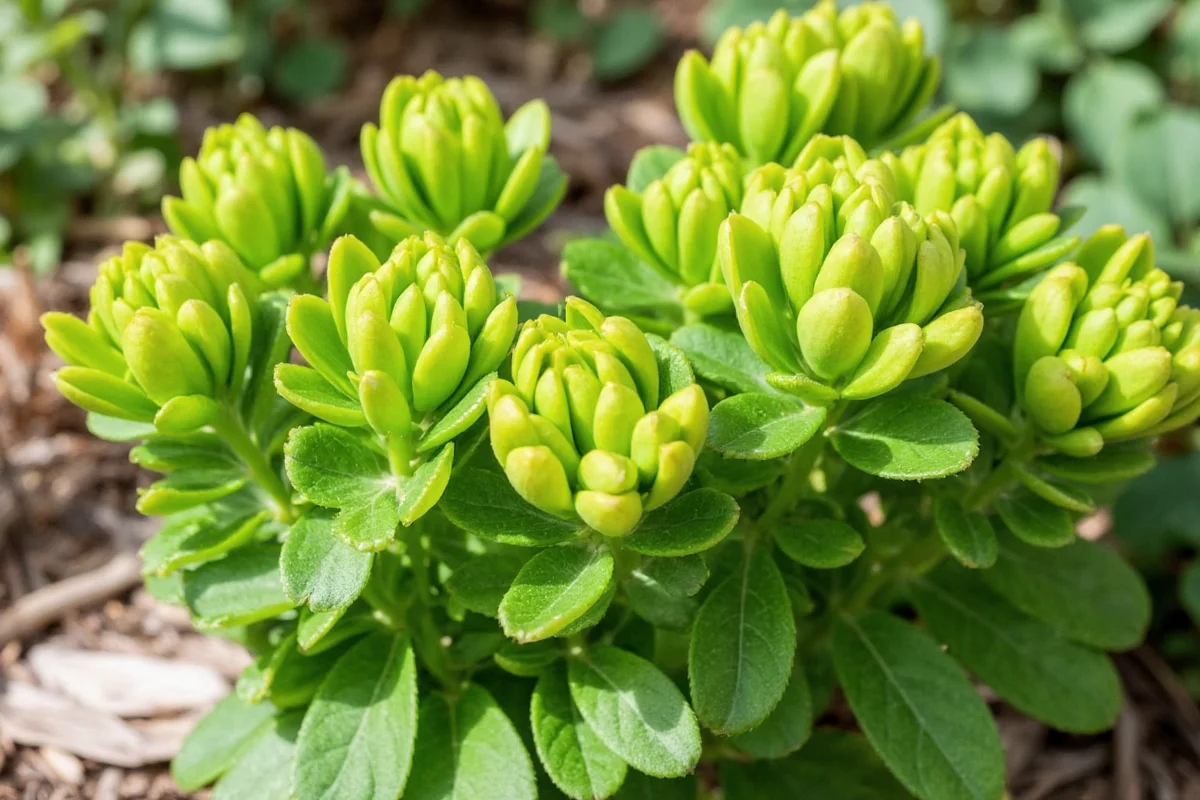Whether you're just getting started with houseplants or consider yourself a seasoned green thumb, understanding which plants suit your experience level and lifestyle is key to creating a thriving indoor garden. This guide will explore a variety of plants ideal for beginners and experts, offering insights on care requirements, benefits, and unique features.
Plants for Beginners: Easy Care and High Resilience
Plants for beginners should be easy to care for and forgiving of common mistakes like overwatering or insufficient light. Here are some top picks:- **Snake Plant (Sansevieria)** - Known for its striking, upright leaves, the Snake Plant is incredibly forgiving. It thrives in low light, requires infrequent watering, and even improves air quality.
- **Pothos (Epipremnum aureum)** - Perfect for those who forget to water regularly, Pothos is a trailing vine with heart-shaped leaves. It grows well in various light conditions and can be easily propagated.
- **Spider Plant (Chlorophytum comosum)** - This adaptable plant is ideal for new plant owners. With its arching leaves and ability to adapt to different environments, it's both attractive and resilient.
- **ZZ Plant (Zamioculcas zamiifolia)** - Adaptable to low-light environments, the ZZ Plant features waxy, smooth leaves that can tolerate neglect.
- **Peace Lily (Spathiphyllum)** - With its lush, dark green leaves and occasional white blooms, the Peace Lily is not only easy to care for but also helps purify the air.
| Plant | Light Requirements | Water Requirements | Benefits |
|---|---|---|---|
| Snake Plant | Low to indirect light | Once every 2 weeks | Air purifying |
| Pothos | Low to bright indirect light | Once a week | Low maintenance, easy propagation |
| Spider Plant | Bright indirect light | Once a week | Air purifying, child-friendly |
| ZZ Plant | Low to bright indirect light | Infrequent | Tolerates neglect |
| Peace Lily | Low to medium indirect light | When soil is dry to touch | Air purifying, blooms |
Intermediate Plant Selections: Increasing Complexity
Once you've mastered beginner plants, you may want to try your hand at some that require moderate care. Here are some options for intermediate gardeners:- **Fiddle Leaf Fig (Ficus lyrata)** - Known for its large, violin-shaped leaves, this plant can be a bit finicky, requiring consistent watering and bright light.
- **Monstera Deliciosa** - Often called the Swiss Cheese Plant due to its unique leaf holes, it prefers bright, indirect light and moderate watering.
- **Rubber Plant (Ficus elastica)** - This plant features beautiful, shiny leaves. It requires relatively consistent watering and thrives in medium to bright indirect light.
- **Chinese Evergreen (Aglaonema)** - Available in various colors, it needs moderate care with a preference for low to medium light and humid conditions.
- **Philodendron** - With many varieties, Philodendron requires moderate care, typically thriving in low to bright indirect light and moderate water.
Pro Plant Picks: For the Experienced Gardener
For those who have mastered the art of indoor gardening and are ready for more of a challenge, consider the following plants:- **Calathea** - Known for its stunning leaf patterns, Calathea requires high humidity, consistent watering, and indirect light.
- **Orchid** - With their exotic blooms, orchids need precise conditions including specific light and humidity levels, and careful watering.
- **Ferns** - Varied and lush, ferns require a bit more attention to humidity and moisture levels.
- **Bonsai** - The art of bonsai involves cultivating a tree to remain small; it requires patience and precise care.
- **Fiddle Leaf Fig** - While mentioned for intermediates, achieving a tree-like stature can be challenging for pros looking to perfect their skills.
| Plant | Light Requirements | Water Requirements | Challenges |
|---|---|---|---|
| Calathea | Low to bright indirect light | Consistent, keep soil moist | Humidity and light sensitivity |
| Orchid | Bright indirect light | Specific to variety | Humidity and watering precision |
| Ferns | Indirect light | Keep soil moist | Humidity and moisture needs |
| Bonsai | Varies by tree type | Specific, varies by tree type | Pruning, potting, and maintenance |
| Fiddle Leaf Fig | Bright indirect light | Consistency key | Prone to dropping leaves |
Benefits of Indoor Plants for All Levels
Plants aren't just about beautifying your space; they offer practical benefits:- **Air Purification** - Plants like the Peace Lily and Snake Plant help remove toxins and improve air quality.
- **Stress Reduction** - Caring for plants has been shown to reduce stress and elevate mood.
- **Humidity Control** - Plants can help increase indoor humidity, beneficial in dry environments.
- **Focus and Productivity** - Studies suggest that having plants in your workspace can improve concentration and productivity.
- **Education** - For families, caring for plants can be a fun, educational activity about biology and responsibility.
Transitioning Through Skill Levels: Tips for Success
To move successfully from beginner to pro plant owner, consider these tips:- **Research** - Understanding the specific needs of each plant type is crucial. Don't hesitate to research each new plant.
- **Routine** - Establish a routine for watering and feeding. Keep track of changes in plant growth and adapt as necessary.
- **Environment** - Adjust your home's environment according to plant needs, considering factors like light, humidity, and temperature.
- **Patience** - Be patient with yourself and your plants. It's normal for plants to occasionally struggle or die despite your best efforts.
- **Community** - Join plant groups or forums. Sharing experiences can provide valuable insights and support.
By starting with plants that match your skill level and gradually challenging yourself with more complex species, you can enjoy the wide-ranging benefits of indoor gardening. Whether you're looking to create a lush home oasis or cultivate a peaceful corner, there's a plant companion that's right for you.











 浙公网安备
33010002000092号
浙公网安备
33010002000092号 浙B2-20120091-4
浙B2-20120091-4